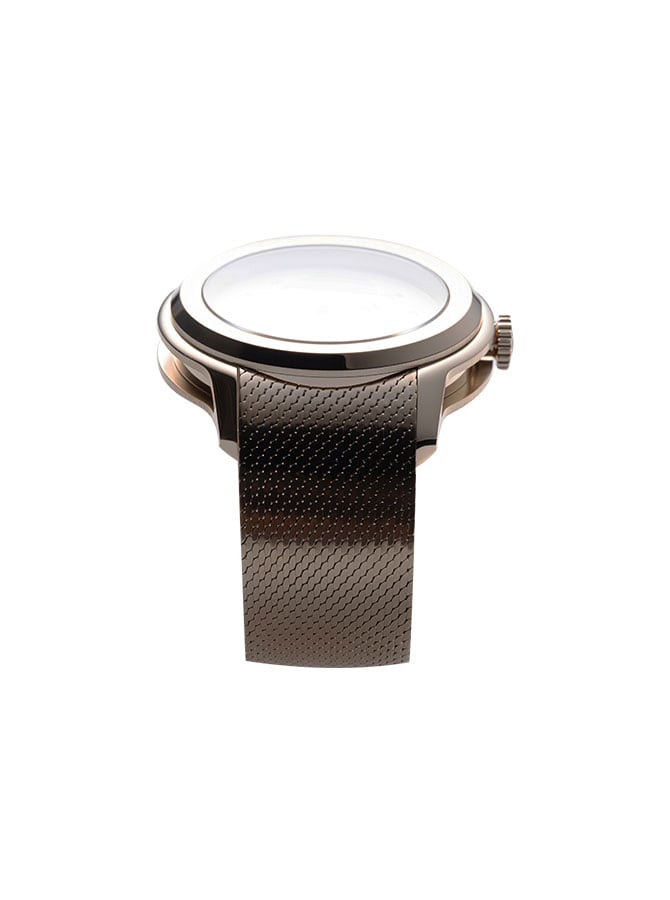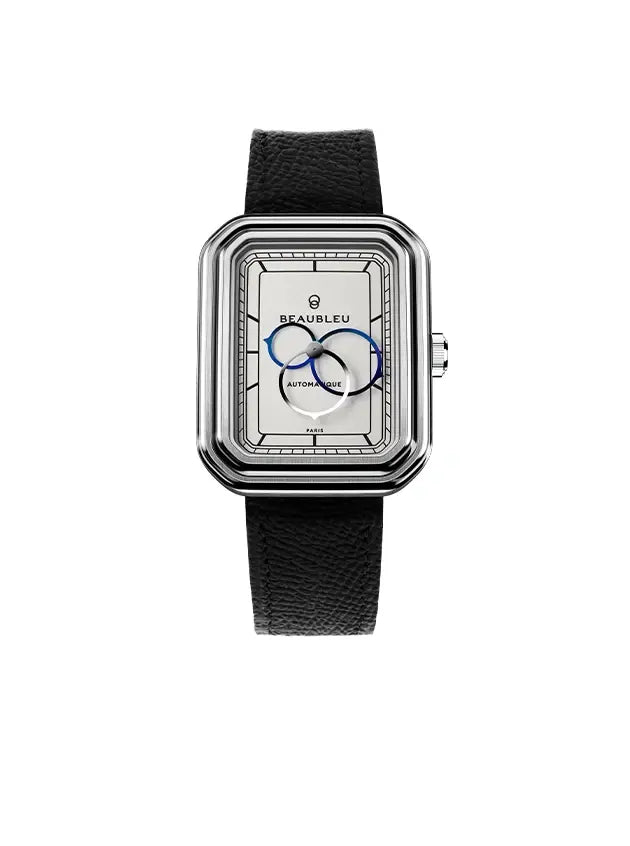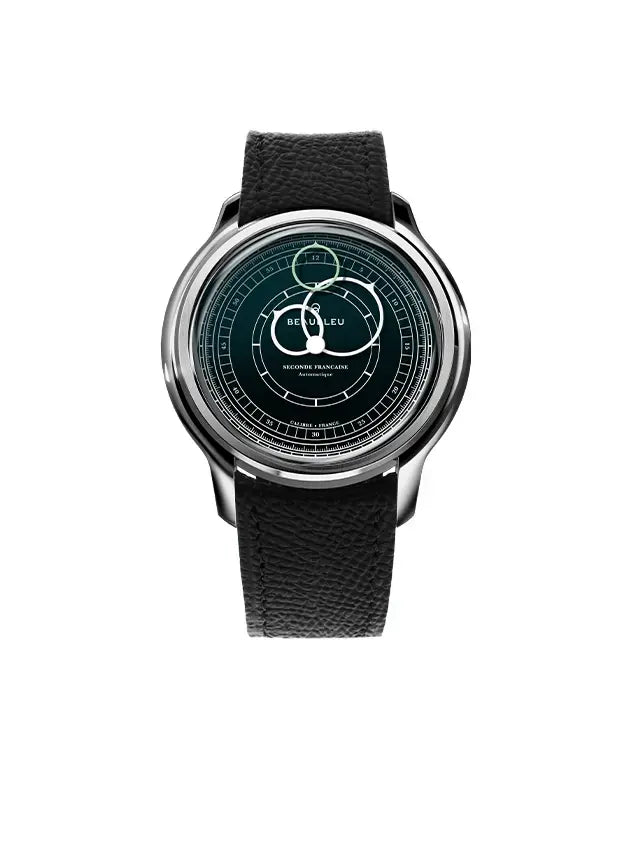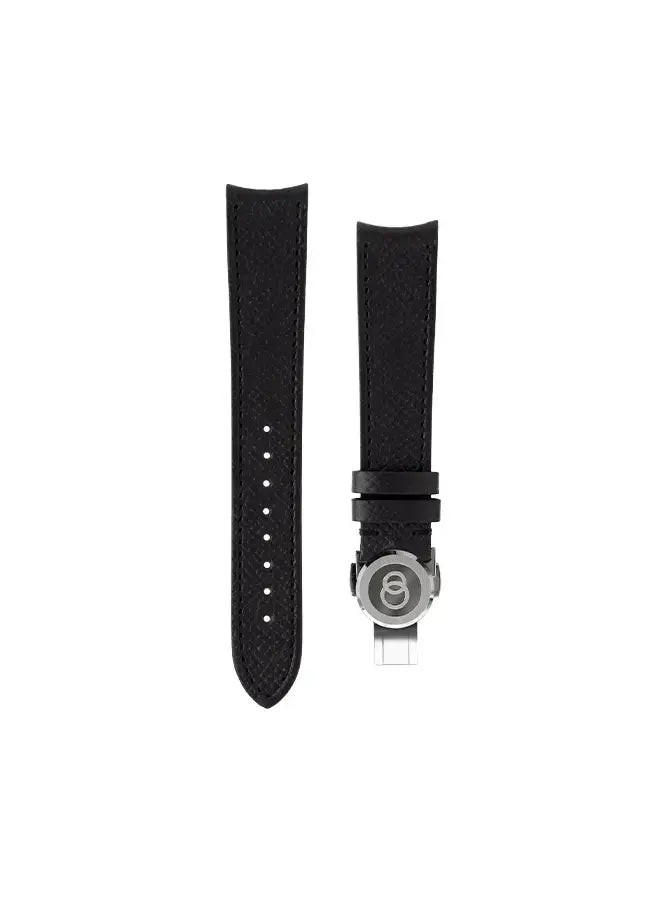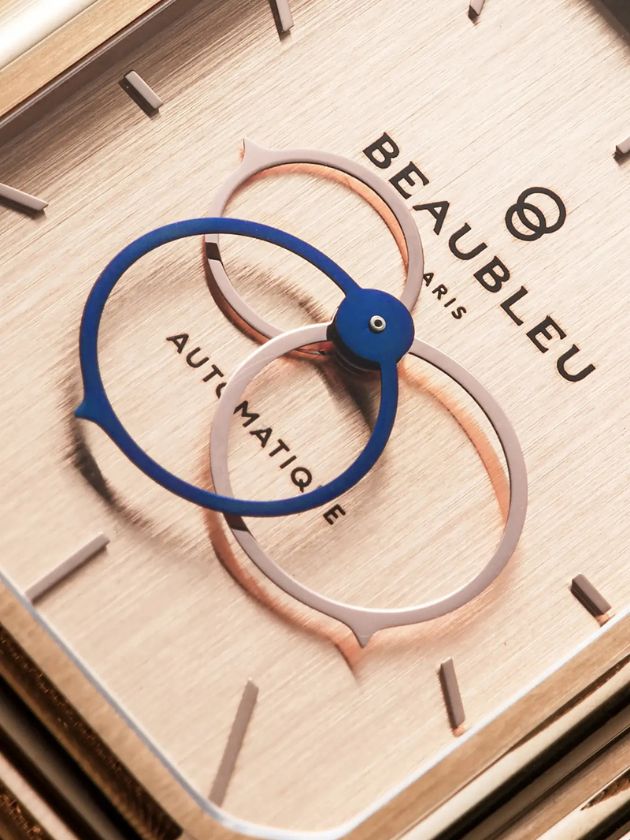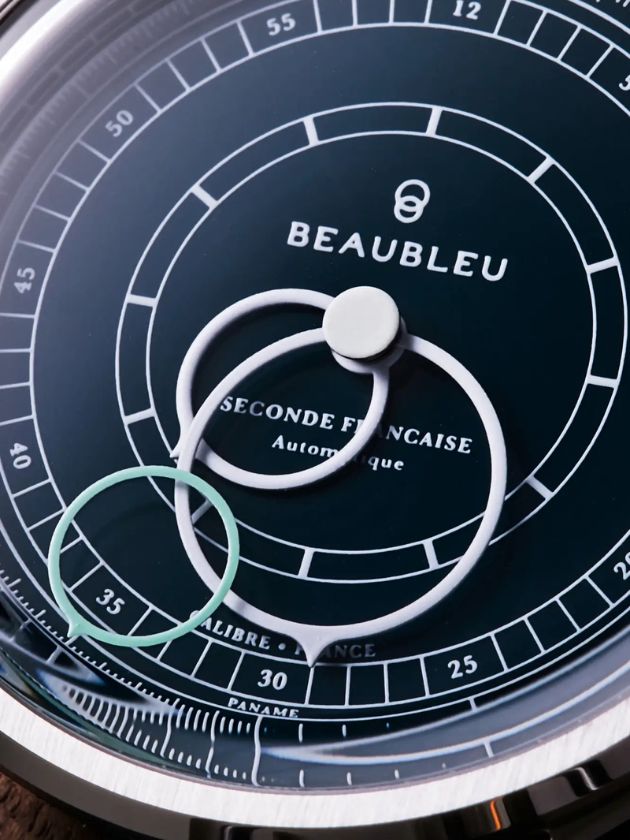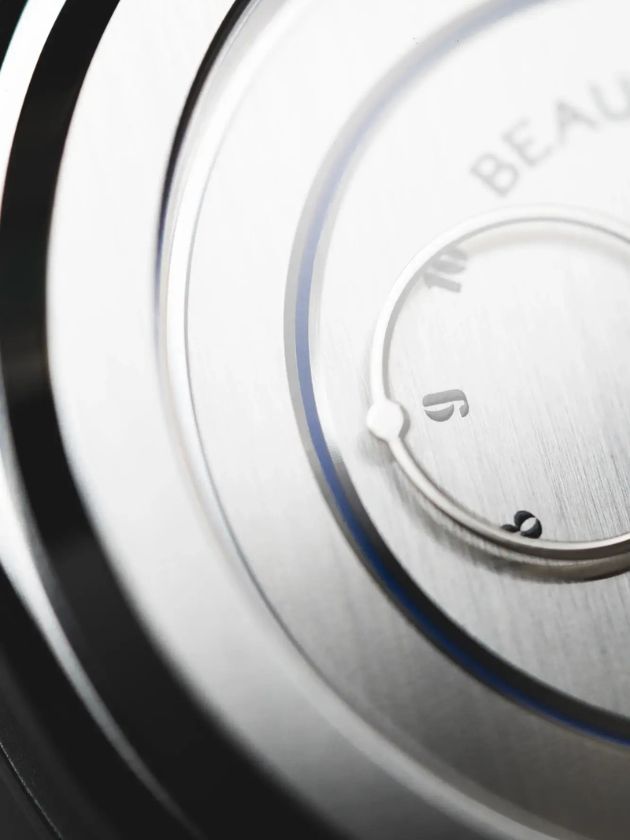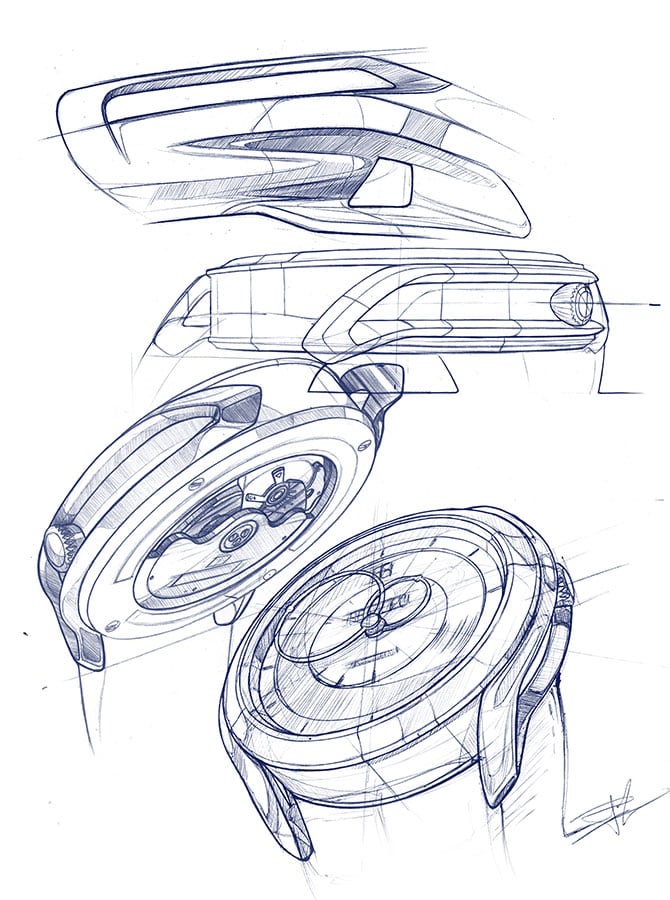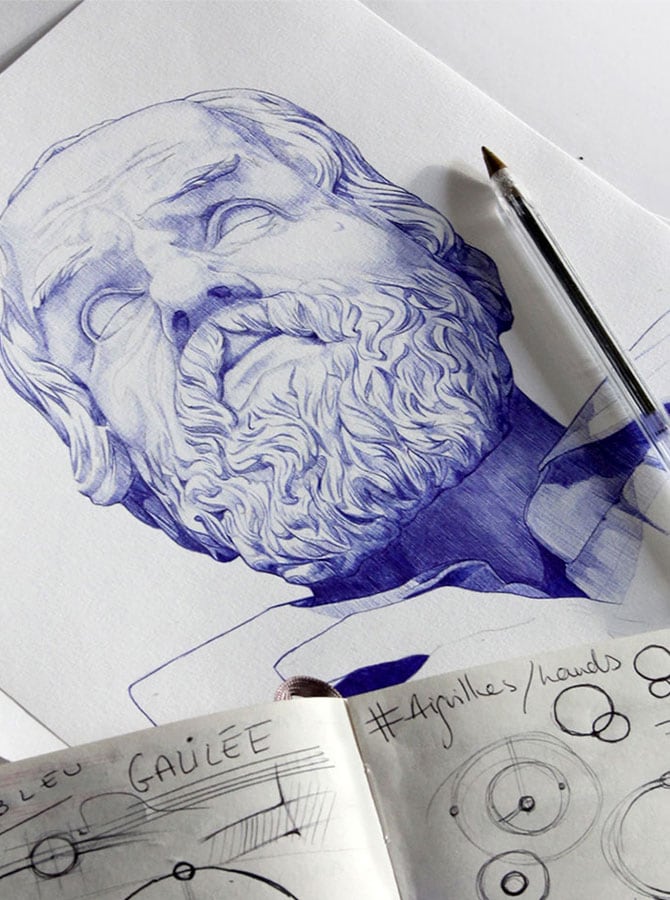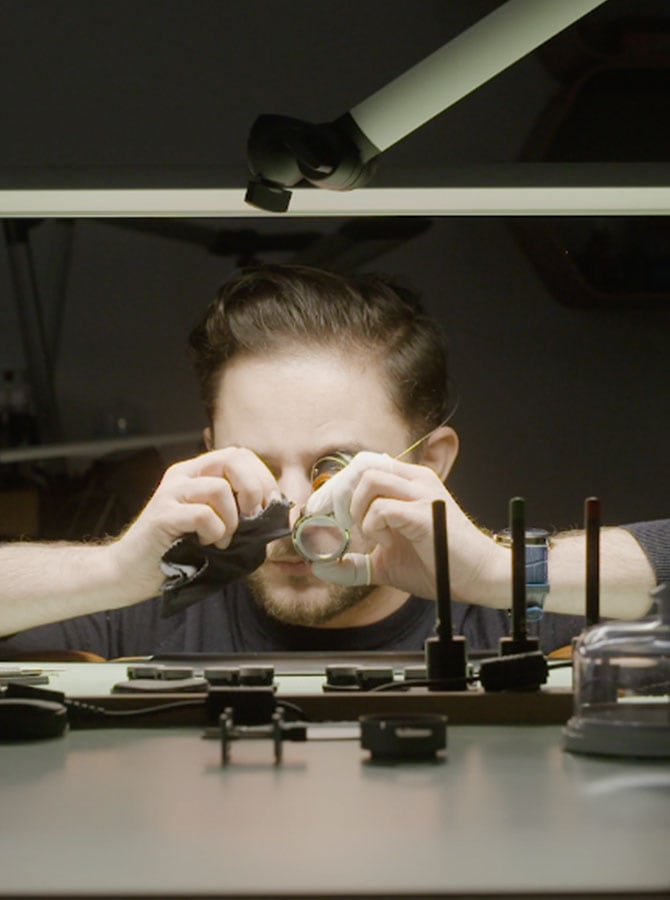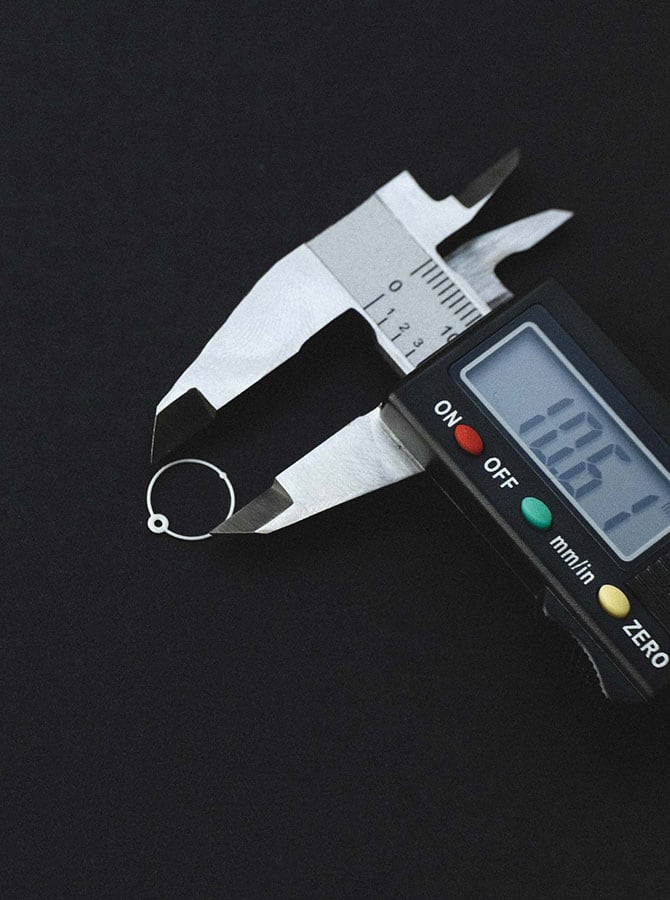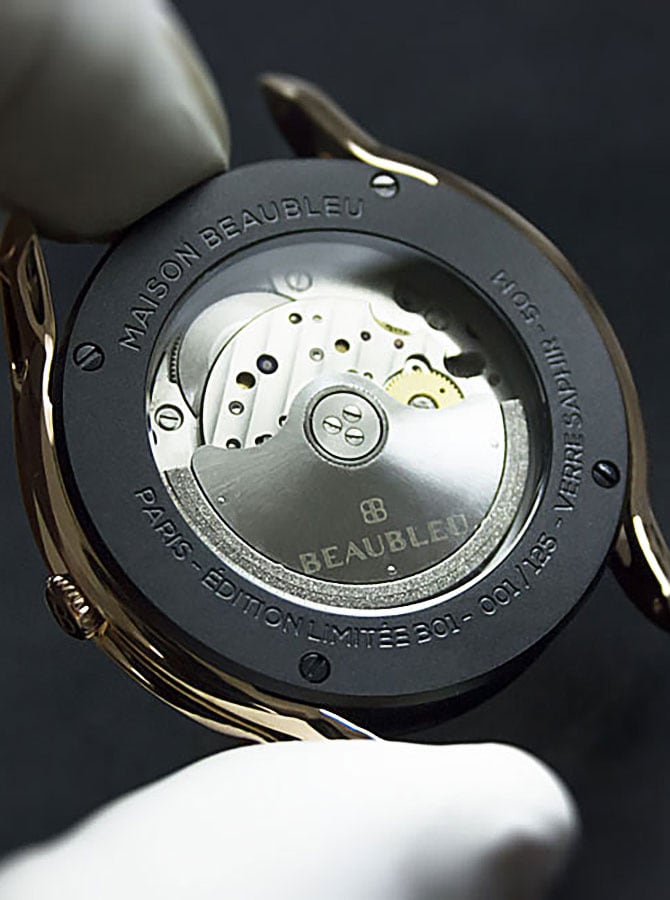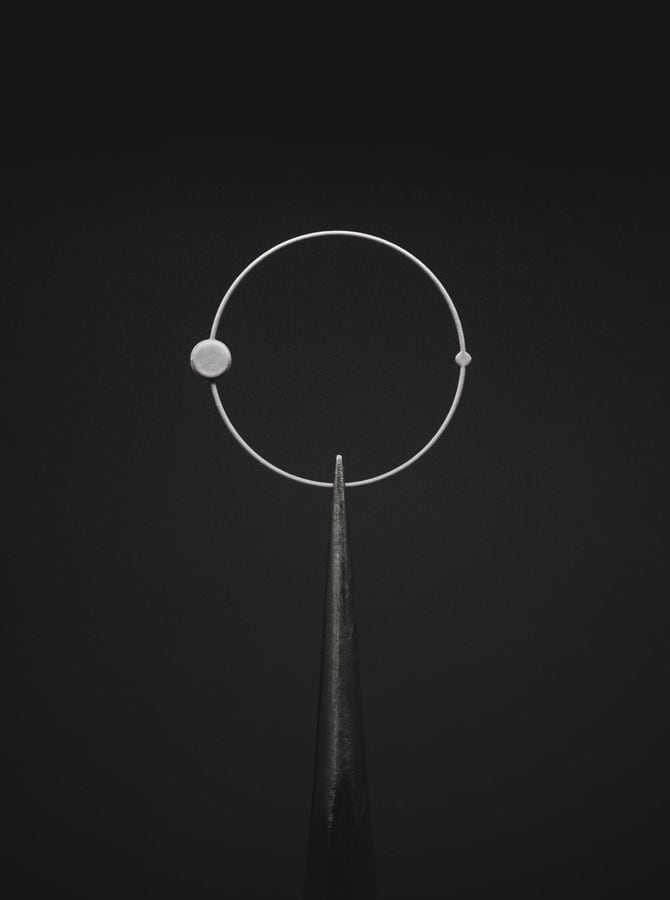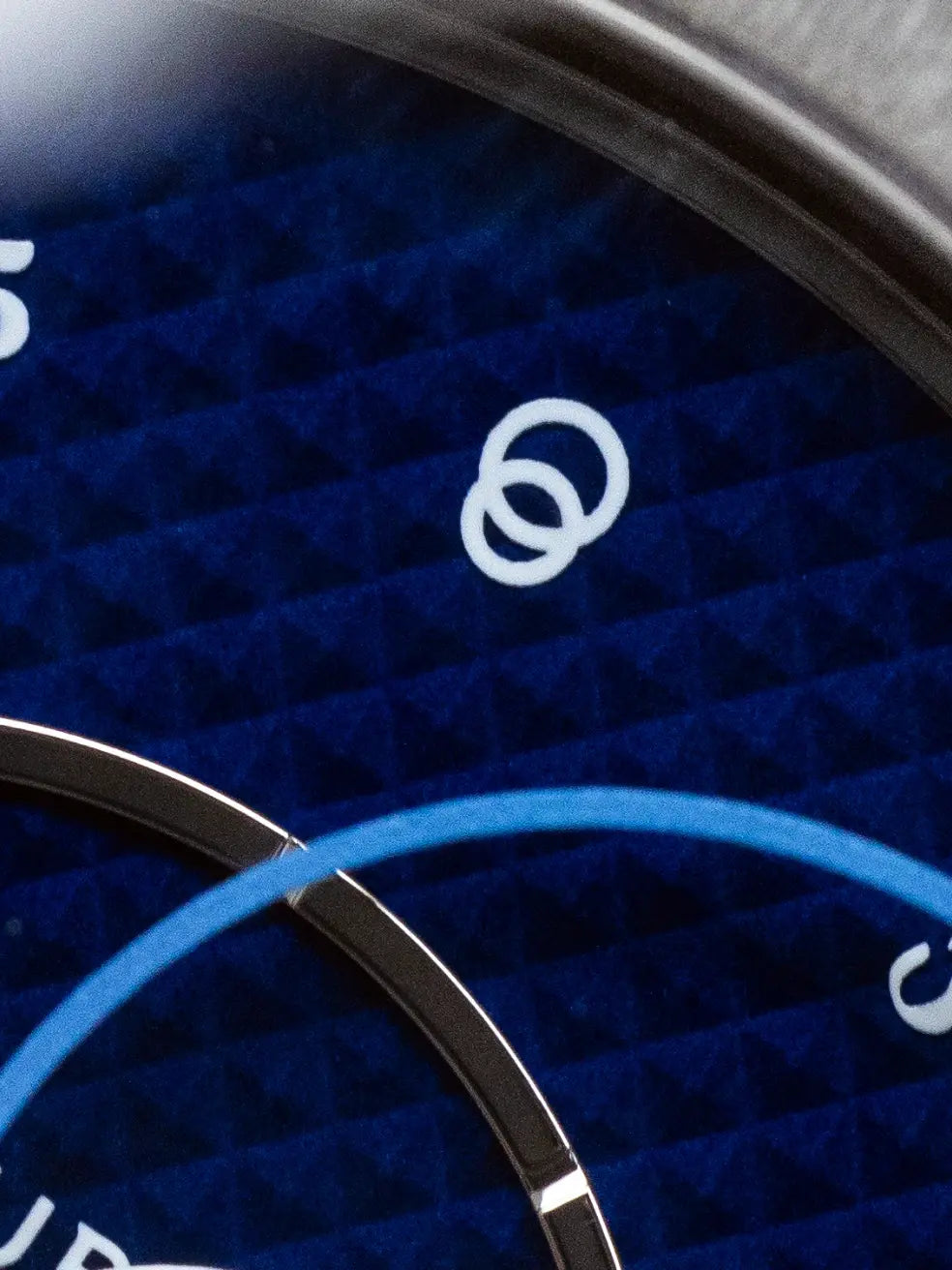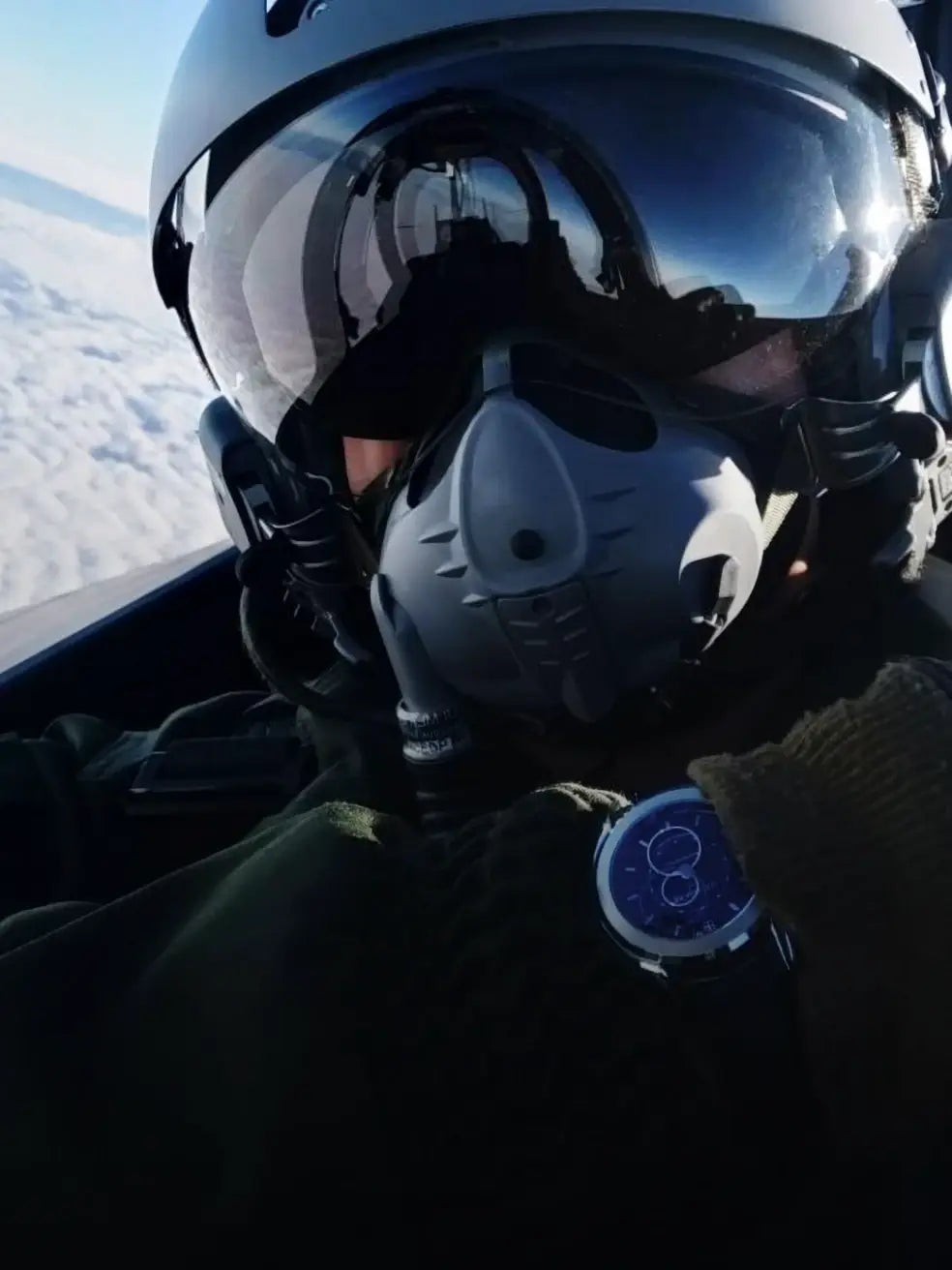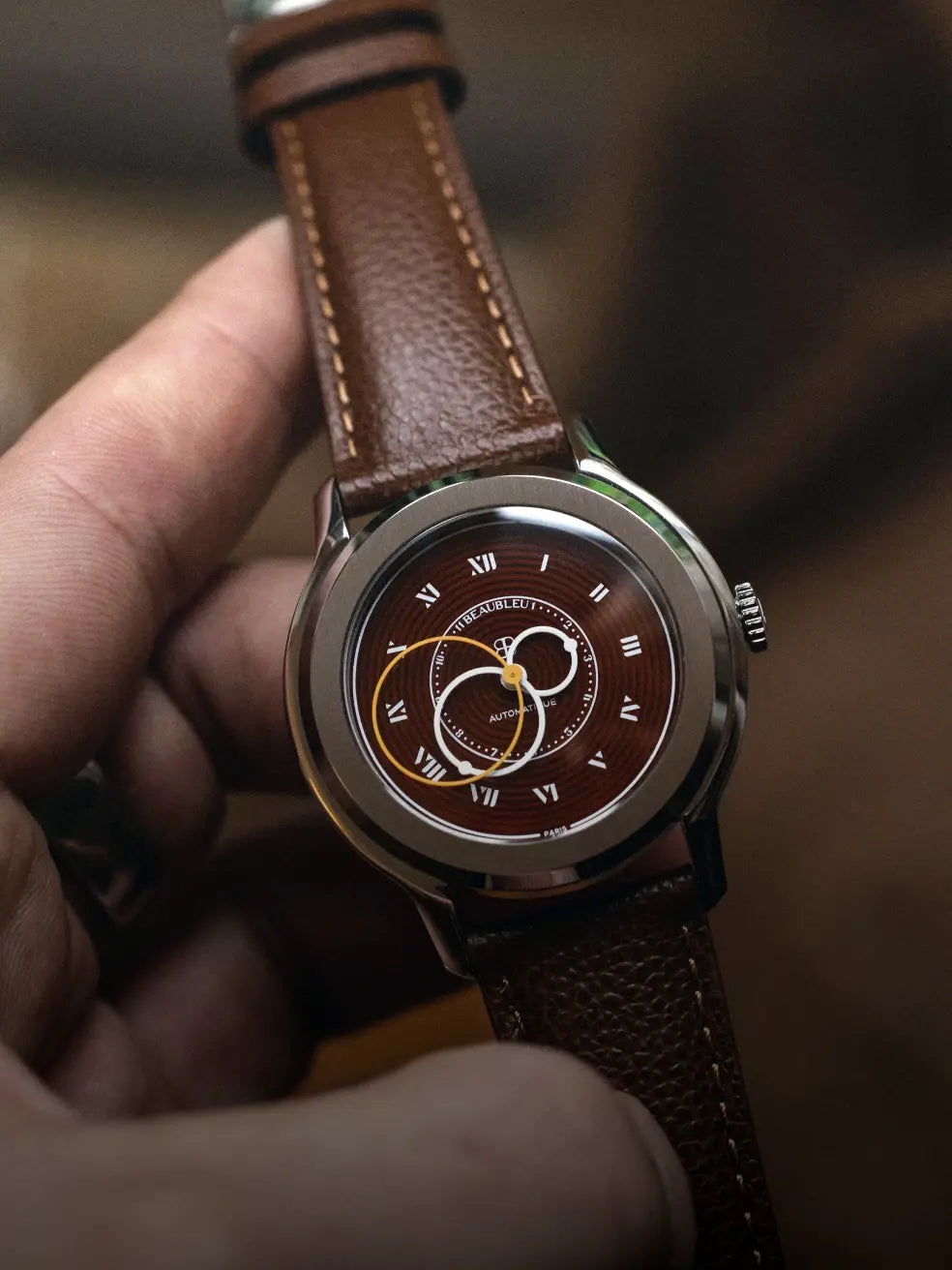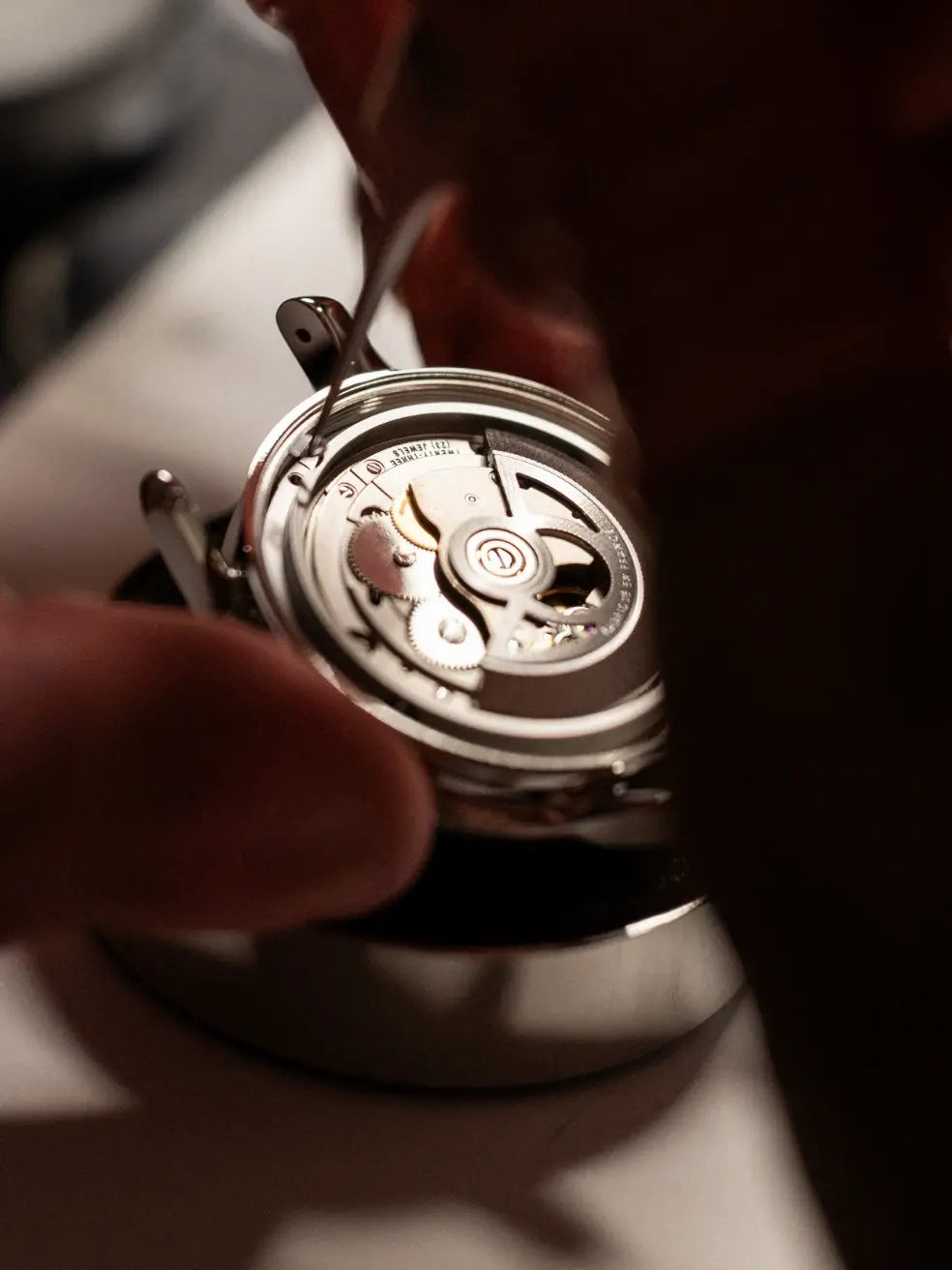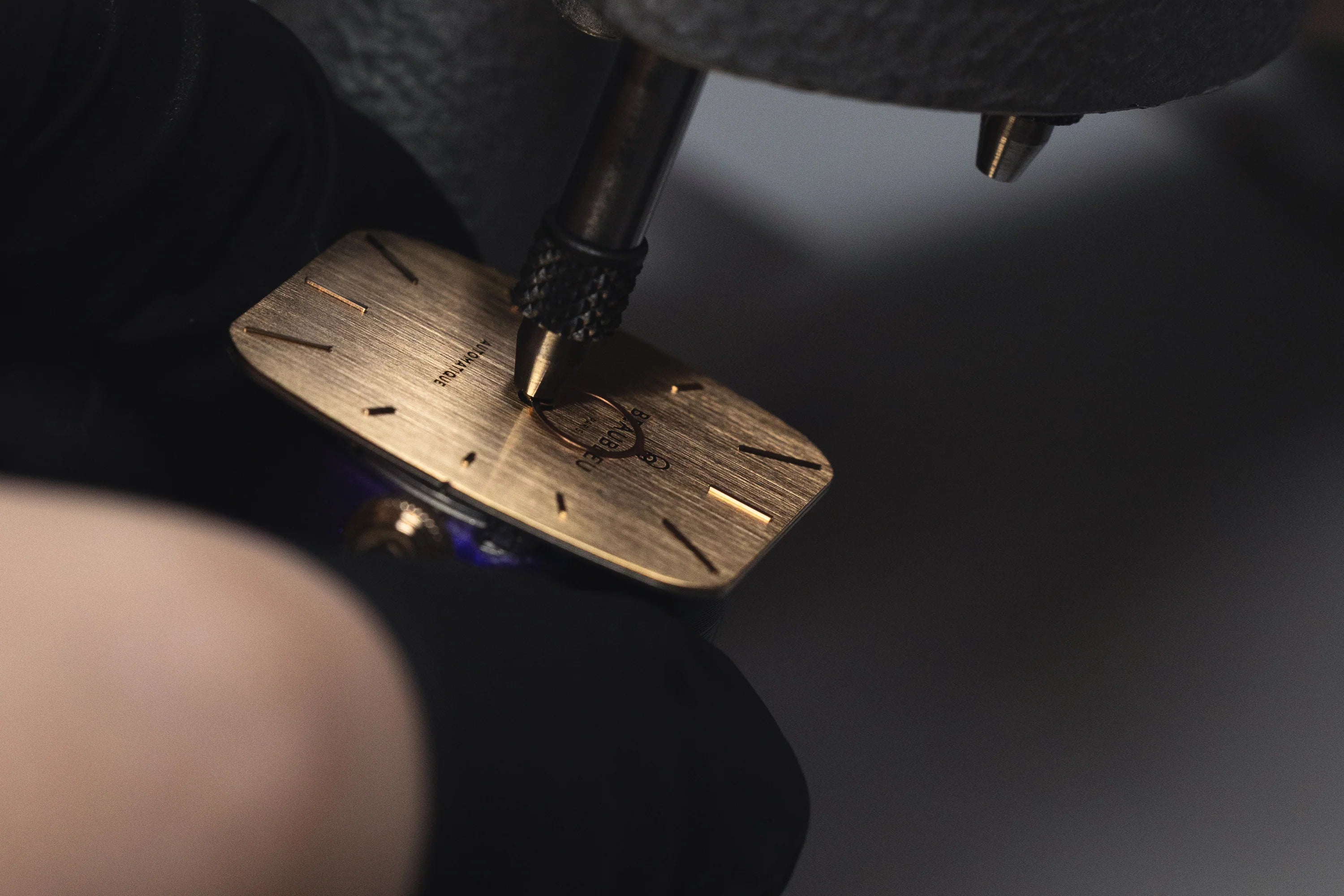
Ecce Figura - Assembly
Behind the scenes at the Beaubleu Workshops are revealed through the production journey. A series of articles created to explain the manufacturing stages of Beaubleu watches and the challenges they pose.
In this third chapter, we offer a complete immersion into the Maison Beaubleu workshops, discovering a delicately demanding step: assembly. This is where each component comes together, giving birth to the Ecce Figura models.
The movement
The Ecce Figura collection runs on Miyota’s famous 9015 movement. Known for its robustness and reliability, it has been powering Beaubleu creations from day one. It features 24 jewels—tiny stones placed strategically between the movement’s parts to reduce wear and friction over time.
As soon as the movements arrive, Beaubleu’s watchmakers manually calibrate them, adjusting the mainspring tension using the regulator, a small lever that changes the balance wheel’s speed. The Japanese movements come with a tolerance of -20 to +30 seconds per day, which our watchmakers refine to achieve a precision of -9 to +9 seconds. With experience as the ultimate guide, Beaubleu takes pride in offering this in-house adjustment and a 5-year guarantee—a testament to trust in both the movement and our partners.
Installing the dial
Once this first step is complete, our watchmakers move on to installing the dial. This thin plate conceals two dial feet on its underside, two thin metal rods meticulously welded. They fit perfectly into the movement's base plate, before being locked in place by screws that nestle into the edge of the movement. Everything is determined by a few tenths of a millimeter: an adjustment to exactly 0.2 millimeters.
Needle placement
Next comes the Maison's signature: the circular hands. The hours, minutes, and seconds are meticulously hand-set in the center of the dial—a special moment when the watchmaker's talent is truly expressed.
First of all, the flatness of each needle is checked. Each needle must be perfectly smooth and without the slightest defect, in which case corrections and adjustments are made using a 20x magnifying glass.
The hour hand is first fitted onto the movement barrel using a bracket: a process that requires precision down to the thousandth. If it is pushed in too far, it could jam the mechanism, rub against the dial, and impair the overall operation of the hands. If it is not pushed in far enough, the hand could wobble and distort the hour display. The same process is carried out to fit the minute hand, then the second hand.
After these adjustments, the watchmaker ensures that the hands hover over each other at a distance of between 0.20 and 0.24 millimeters: a check that is carried out solely by eye (and a good dose of experience) thanks to rotations carried out to validate freedom of movement. This is followed by a check at different positions—for example, at 6 o'clock—to ensure perfect alignment.
Beaubleu specificity: the circular hands cross twice by overlapping. The passages are therefore carefully controlled to avoid any contact. If a correction is necessary, the hands are removed using a dial cover and a needle driver and then replaced, until the ideal clearance is obtained.
Boxing
Final stage of assembly: integration of the movement and dial into the case.
The movement is inserted inside the case and held in place by a hollow disc called the casing ring. This ring has many specific features, such as perfect centering of the movement within the case, shock absorption, and stability, for example. The assembly is then securely held in place by four screws.
Next comes the insertion of the winding stem into the movement. The latter is adjusted to the correct length to the nearest tenth of a millimeter. To do this, the watchmaker sizes it with a tool simply called a stem cutter, then adjusts the last 0.01 millimeters missing using a stone file. The objective is to obtain a perfectly flat and calibrated surface to accommodate the crown, without play or excess. Once prepared, the crown is screwed onto the stem, thus ensuring a solid and fluid fit between the inside and outside of the watch.
Finally, the case is closed by the last piece, the brushed steel case back. Securely held in place by four 1.2 mm screws, it ensures both the protection of the entire case and the slimness of the Ecce Figura, which is only 8.5 mm thick, making it the thinnest watch ever made by Beaubleu.
The watch is finally ready to receive its strap and pass the final waterproofing and operating tests before shipping: steps that we will discover in detail in the next (and last) production journey.
